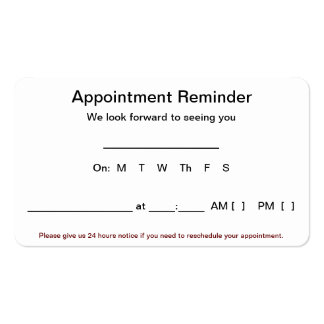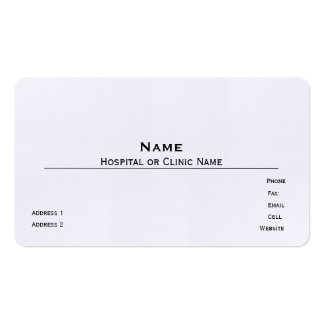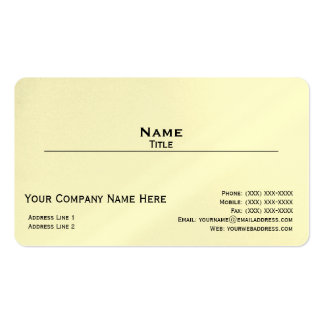Despite that, the canonical tag (Syntax: <link rel=”canonical” href= “http://URL.com”/>) isn’t being as utilized as it should in this day and age. The reluctance of using this extremely convenient tag is usually due to users not understanding the term canonical or its purpose in the grand scheme of things.
Using the canonical tag is proper SEO practice and should be done when possible to ensure that the popularity of your pages don’t get diluted.
A Guide To Explaining The Canonical Tag
The canonical tag isn’t a single-fix for all your SEO problems. It focuses on a specific problem: that of duplicate content and diluted popularity. Generally speaking, most users don’t write duplicate pages for their content. These are usually an automatically generated collection of URL’s that the web hosting service provides in order to minimize traffic bottlenecks. Among these pages are:
Multiple URLs for the Same Page: The main offenders of this particular problem are e-commerce sites that have different pages for each option selected for a particular product.
Session ID URLs: These are usually thrown up by the system in order to compensate for cookies or other tracking URL types.
Mirrored Secure Pages: Search engines see HTTP, HTTPS and WWW pages as separate and distinct entities and crawl each one separately.
URL Case: Uppercase and lowercase spelling for web pages are usually directed to the same final page, but this is not always the case.
Mobile Versions: Mobile versions of a page can be crawled as a separate version of the page, even though it contains the exact same content as the original.
Country Specific URLs: Another problem e-commerce sites face since they might have the same content throughout the page but change the country for currency purposes.
These aren’t usually duplicate content that is written by the content producer, simply different URL’s that give the same content. Search engines don’t see them that way and instead store these pages as duplicates. In cases such as these, the canonical tag should be used in order to identify what page is the original. This makes life easier for the search engine which translates into better SEO practice for your site.
How to Use the Canonical Tag
The Canonical tag requires some forethought before you apply it to any particular situation.
Basically, what you’re trying to do is to tell a search engine that this web page is the preferred one. To this end, you will create a canonical tag inside the <head> data for that page, using the URL that is your primary landing page. You will need to include this in all duplicate pages to ensure that the canonical tag is effective.
6 Typical Misuses of the Canonical Tag
The canonical tag is a powerful tool, but just like any tool it can be underutilized or applied wrongly. In order to avoid misusing the canonical tag, you should be wary of the following missteps.
1) Using the Home Page as the Preferred Site. There may be occasions where your home page would be the preferred location to direct search engines to, but these occasions are few in number. When you use the canonical tag, you tell a search engine to avoid crawling that page because you have one that’s more relevant. By redirecting all crawls to your home page you run the risk of having none of your other pages referenced.
2) Having More than One Canonical Tag. Each canonical tag fits into the <head> section of a page. As stated before, this tag allows you to redirect the crawls from a search engine to a particular page, thereby avoiding having that page listed as duplicate content. If you specify more than a single canonical tag in your <head> section, all of those tags will be ignored and you’ll find yourself back at square one.
3) Placing the Canonical Tag in the Wrong Place. The <head> area of a page is where the canonical tag is supposed to go (along with the relevant page the search engine is supposed to crawl instead). By placing it in the <body> section of the page you circumvent its relevancy and make it powerless to do the job it is supposed to. If a canonical tag finds its way into the body of a page, it is simply ignored.
4) Using Canonical Tags with Multiple Pages. When you have a situation where multiple pages are necessary, it can become quite difficult to sort your SEO out. Ideally, the prev and next tags should be used instead of the canonical tag for these pages. The best practice would be to redirect search engines to index a “View All” page where the results are put together on a single page for ease of use.
5) Using Canonical Tags in Featured Content. Featured content usually makes up the backbone of your site. It is wise to avoid using the canonical tag in these featured pages since it is possible that the page may be ignored, making you lose out on traffic from your features.
6) Using Canonical Tags over Redirects. 301 redirects and canonical tags function more or less the same way, so that you may be tempted to use them interchangeably. This is not a good idea. Search engines treat redirects and canonical tags as the same thing, but redirects channel all traffic to a particular page whilst canonical tags do not. 301 redirects are the preferred method for fixing your site if the structure has changed whereas canonical tags should be used to deal with the problem of duplicate content. These are completely different problems and should be dealt with separately.
Used Rightly, The Canonical Tag Can Help You
The canonical tag is a useful and versatile tool that can help your SEO strategy if used properly. The hard part is ensuring that it does what it’s supposed to. You can only ensure that your canonical tags work properly if you understand how the tag works and when it should be used. Once you work that out it’s simply a matter of implementing it properly on your own pages. The canonical tag is an SEO staple and should be used when appropriate to increase your site’s reach and decrease the problem of duplicate content across your site.







No comments:
Post a Comment